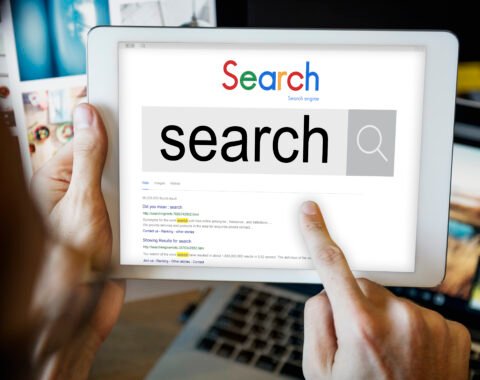Largest Contentful Paint (LCP) is a critical metric that Google introduced in 2021 as part of its Core Web Vitals (CWV) to measure user experience. LCP explicitly tracks how quickly a page’s primary content becomes visible to the user.
What Is Largest Contentful Paint?
LCP measures the time it takes for the largest image or block of text within the visible portion of a webpage to load and get ready for user interaction. It does not measure the elements below the fold and only considers those that are visible when the page loads.
Some common elements measured by LCP include video posters, images, large text blocks and background images. It is influenced by several sub-metrics, including:
- Time to First Byte (TTFB)
- Resource Load Duration
- Resource Load Delay
- Element Render Delay
To optimize for LCP you should optimize for each of the above-mentioned metrics so that loading and display of LCP resources takes less than 2.5 seconds.
Time To First Byte (TTFB)
TTFB calculates how long it will take for the browser to get the first byte of data from your server. This includes the time required for DNS lookups, redirections and server processing.
Optimizing TTFB is necessary for improving LCP. Factors that can affect TTFB include:
- Database Queries: Inefficient or slow database searches might increase server response times. These issues can be identified and effectively resolved by using tools like Query Monitor for WordPress and Blackfire.
- CDN Cache Misses: This problem arises when a resource is not located in the CDN’s cache and must be requested from the original server, which leads to delays. This can be solved by monitoring and adjusting CDN cache performance.
- Inefficient Server-Side Rendering: Ensure data fetched from third-party APIs is preloaded to reduce delays.
- Hosting: Good hosting is essential. Choosing a hosting service that includes CDN and caching can considerably reduce TTFB while boosting overall load speeds.
Addressing Resource Load Delays
Resource load delay refers to the browser’s time to find and download the LCP resource. For example, if a background image requires a CSS file to load first, there will be a delay.
Reduce this delay by preloading essential CSS files and LCP images so they load quickly. Another alternative is to inline important CSS for above-the-fold information, which allows the browser to show content more quickly.
Optimizing Resource Load Duration
The time needed to download the LCP material is considered as resource load duration. Even if the browser starts downloading quickly, LCP can still be delayed because of slow network rates or substantial file sizes.
To optimize resource load duration:
- Ensure the optimal size of the images.
- Use the WebP format for images.
- Prioritize necessary resources by using the appropriate fetch priority attributes.
- Use a CDN to speed up resource delivery.
Reducing Element Render Delays
It refers to the time taken by the browser to parse and display the LCP element. Complex HTML, CSS and JavaScript may all slow things down.
Minimizing render-blocking resources and streamlining your code can help you reduce the delay. For example, lowering the size of JavaScript scripts helps avoid delays in rendering the LCP element.
Important Considerations for LCP Scoring
The LCP calculates every element inside the user’s screen (viewport). However, if a component is rendered off-screen and then shifted into the layout, once rendered, it may not be taken as part of the LCP score. If elements get pushed off-screen after starting in the user viewport, they may be taken as part of the LCP calculation.
How to Accurately Measure LCP
Two major tools for measuring LCP are Field Tools and Lab Tools.
- Field Tools: Analyze genuine user data from real-world browsing.
- Lab Tools: Use simulated surroundings to calculate LCP under typical mobile conditions.
Tools such as Chrome DevTools allow you to analyze your site’s performance and find the LCP resource to determine how long it takes to show.
Expert Assistance with LCP Optimization
Improving LCP is crucial for elevating user experience but LCP optimization requires an in-depth understanding of the various metrics that are involved. This understanding only comes with years of expertise, thus it’s best to leave such tasks to professionals like the TechnoRadiant team.
TechnoRadiant can help you optimize LCP to improve your site performance and boost your user experience. Reach out to us today so our skilled team can assist you and provide comprehensive digital marketing solutions to improve your website performance and drive business growth.





